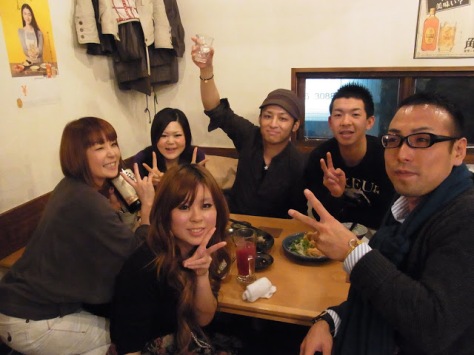When recently friends visited Germany, they decided to treat themselves and their friends to a wonderful meal in a Japanese teppanyaki restaurant.
It is clear that these days more people eat more ethnic food, or food that came from well beyond the shores of the lands the people grew up in.
On this occasion the friends visited a beautiful teppanyaki restaurant. Needless to say, it was a bit expensive and a little exclusive to go to such a restaurant in Europe, but times are changing and Japanese cuisine is recognised as being exquisite and healthy and entertaining. Just enjoy the photos.
Just hold the sticks towards the end… and then you…
I hope you don’t mind, if I use a fork…?! Of course not. Enjoy!
いただきます
No restaurant in Germany – Japanese or not – will survive if the menu doesn’t have sausages somewhere on the menu. And here they are!
So… chicken to the left… salad to the right… flip the vegetables… add the carrots… hang on… your creation looks different from mine?!
So very Japanese: Well done! Well done! It is the effort that matters.
Could it be any more different from traditional German cooking? Absolutely!
Sea food on a platter.
Pow! Pow!
Would you believe it?! They loved it! Notice that the other table also has a range of fire engines ready to entertain. We should all dash out and buy a set of fire engines, shouldn’t we?!
Now it is your turn! Yeah!
Boys with their toys! Who would have thought that a fire engine could be so much fun in a restaurant!
Bang!
He got squirted! Oh, what fun! He’ll be able to tell his grandchildren all about it!
When I was young, we used to…
Baked cheesecake. おいしそうですよ!
Here is a little added knowledge:
An easy way to remember the kanji 焼 やき: it is all about fire and the fire is used by the cook to fry on a BBQ. The clogs imply work/skill.
Typical combinations:
(Amusing to think that sunset is a fried evening! LOL)















































































































































